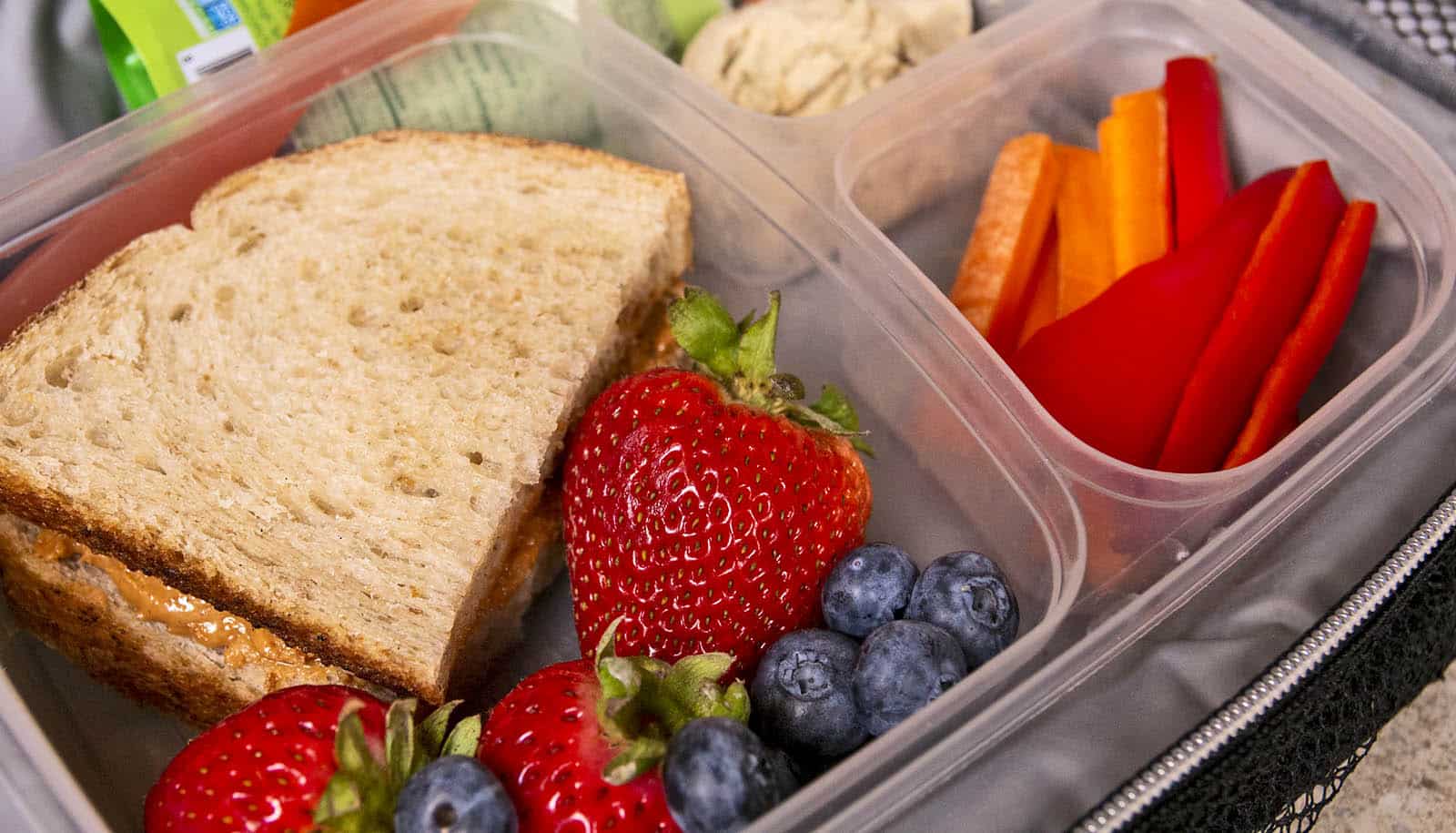
(Credit: Getty Images )
For food security, SNAP and WIC aren’t redundant
"Policymakers may ask whether these programs actually work or merely increase government spending...We find WIC helps even when SNAP is already in place."

New research provides evidence that two food assistance programs, SNAP and WIC, are in fact complementary, not redundant.
Forty million Americans, including 6.5 million children, are food insecure, according to the US Department of Agriculture, which means they do not have enough food for an active, healthy life.
Many rely on SNAP (the Supplemental Nutrition Assistance Program)—the largest food assistance program for low-income families—to help make ends meet. Still, 51.2 percent of households receiving SNAP benefits, commonly known as food stamps, were food insecure in 2016.
Given the extent of food insecurity, economists developed a economics-based methodology to analyze potential redundancies between SNAP and WIC (the Special Supplemental Nutrition Program for Women, Infants and Children), the third-largest food assistance program in the US.
Their research, published in the Southern Economic Journal, shows that participating in both SNAP and WIC compared to SNAP alone increases food security by at least 2 percentage points and potentially as much as 24 percentage points.
Difficult to measure
“Our findings can help policymakers design more efficient programs to meet food needs,” says Helen Jensen, professor emeritus of economics at Iowa State University. “We know low-income families often participate in more than one food assistance program, and we find the combination of SNAP and WIC helps reduce food insecurity for participating households.”
The programs are similar, but serve different needs. WIC covers specific foods to meet the nutritional needs of pregnant women, new mothers, and infants and young children. Participants also receive nutrition counseling and referrals for health services, such as prenatal programs.
In comparison, eligible households can use SNAP benefits to buy most food items. All households included in the study were potentially eligible for both programs, but chose whether or not to participate.
This “self-selection” makes it difficult to ascertain whether a program causes a change in food insecurity, researcher say. WIC and SNAP benefits are not randomly assigned, so any differences in food security outcomes between participants and nonparticipants could be due to actual causal impacts of the programs or unobserved differences between households that apply for benefits and those that do not.
If households at greatest risk of becoming food insecure are most likely to apply—for example, in the case of a job loss—it might falsely appear the programs are ineffective in alleviating food insecurity, the researchers say. In fact, while participants may be less food secure than eligible nonparticipants, participants may still be more food secure than they would have been in a world without the programs.
Further, households may systematically under-report benefits, often because they don’t want to admit they are receiving government assistance.
“For these reasons, traditional econometric methods lead to misleading estimates,” says Oleksandr Zhylyevskyy, associate professor of economics. “With that in mind, we developed a methodology that allows us to more accurately measure the true effects of WIC and SNAP.”
True benefits
The researchers applied their methodology to data from the USDA’s National Household Food Acquisition and Purchase Survey or FoodAPS, which provides self-reported household participation in SNAP and WIC and validated data for SNAP participation. The study included 460 households that were income-eligible for both programs. Researchers surveyed them for one week.
On average, households were families of four with two children, one under the age of six. The average monthly income was about $1,600. More than 75 percent rented a home or apartment, 26 percent did not own or lease a vehicle, and 11 percent had used a food pantry within the past 30 days.
FoodAPS matched survey responses about SNAP participation with official administrative records to identify response errors, but no similar verification was available for WIC. The new methodology was specifically designed to handle this type of scenario in which researchers can corroborate answers for some survey questions, but not others, the researchers say.
“Our goal was to strike a balance between making assumptions that are weak enough to be credible, but strong enough to be informative,” says Brent Kreider, professor of economics. “Policymakers may ask whether these programs actually work or merely increase government spending without reducing food insecurity. We find WIC helps even when SNAP is already in place.”
The National Bureau of Economic Research funded the work.
Source: Iowa State University
The post For food security, SNAP and WIC aren’t redundant appeared first on Futurity.
Share this article:
This article uses material from the Futurity article, and is licenced under a CC BY-SA 4.0 International License. Images, videos and audio are available under their respective licenses.


